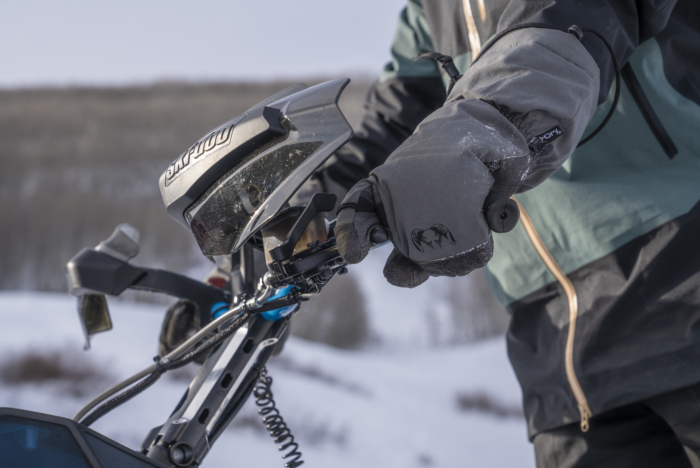On my attempt to climb Mount Shasta last weekend, I put a few new and well-used pieces of gear through the proverbial wringer. Indeed, we experienced towering spindrift tornados + winds up to 80mph on the mountain peak, and I spent what has been my most extreme night ever at altitude, the tent nearly buckling to wind despite three-foot-high snow walls and anchors secured deep in the snowpack.
Here’s my quick thoughts on a few pieces of gear that saw action on the peak. . .
STOVE: Jetboil PCS— Plumes of vapory gas puffed benignly out of this stove when I tried to light it up at 10,500 feet to cook some soup. Though it was only about 20 degrees out, the stove would not work. My solution: Huddle in my sleeping bag, stove clutched between my thighs, for a 1/2 hour. Mind you, it wasn’t the canister that was frozen, as I’d climbed with that next to my body to keep it warm. The actual stove unit was too cold to operate. I was kind of dismayed with this, though after warming the unit up in the sleeping bag it fired and cooked the soup in no time flat. (Here’s my original review of the stove from last year: https://thegearjunkie.com/jetboil-stove-accessories)

SNOWSHOES: Atlas 10 Series— These mid-weight snowshoes have a nice ergonomic (read: asymmetrical) binding system that allows for natural striding. However, I wore them with a pair of waterproof trail-running shoes from Montrail (my preferred “warm”-weather mountaineering footwear), and the snowshoe bindings kind of pressed harshly into the toe area of the shoe. With mountaineering boots the fit is nice and tight, securing the snowshoe on the foot. But in soft-topped trail runners, I had to loosen the grip a bit for comfort. In addition, the Atlas 10 Series do not have the best grip when terrain gets steep. My climbing partner wore the MSR Denali Evo Ascent snowshoes, and he fared better on the steepest slopes. (Here’s my original review of the Atlas ‘shoes: https://thegearjunkie.com/snowshoes-atlas-grivel-msr)

SHELL JACKET: Rab Drillium— This lightweight eVent fabrics shell was the perfect assault jacket for Mount Shasta. It kept the wind and water out, breathed well enough, and it’s so lightweight and packable that you don’t feel bad bringing it along on the nicest days. One compliant: The neck area on this jacket could use a better closer system, as wind seeps in too easily. It’s a tad pricey, too, at $275. www.rab.uk.com












